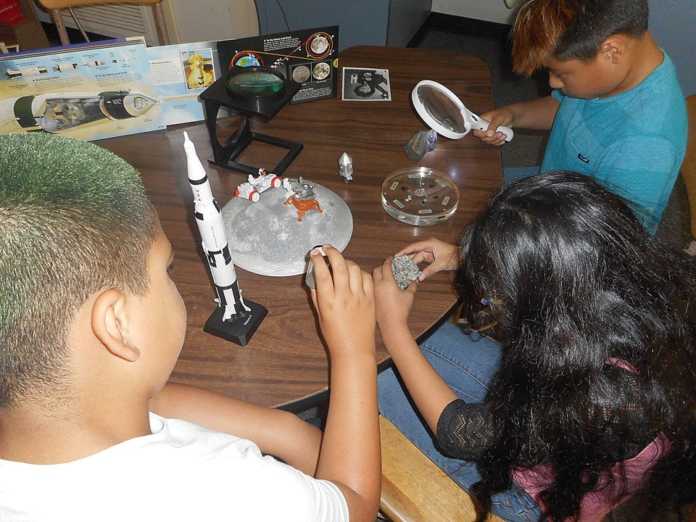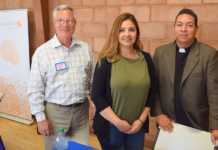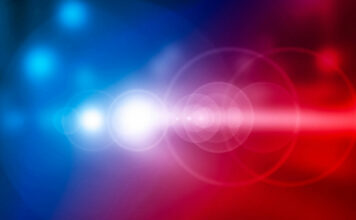KING CITY — Kevin Roberts, a fourth-grade teacher at Santa Lucia Elementary School, recently brought lunar samples taken from the Apollo moon missions to the King City school, providing students with a rare chance to view moon rocks and soils up close.
The samples were on loan from NASA through an education program from the Lyndon B. Johnson Space Center in Houston, Texas. Roberts visited each classroom from kindergarten to fifth grade — nearly 700 students — with the materials over a two-week period in October.
“To get the samples, you need to have a Lunar Briefing Certification, so you have to be certified to get them,” Roberts said.
Roberts received his Lunar Briefing Certification — a requirement to receive the samples — from the Johnson Space Center in 1993 after participating in a two-week international NASA educators workshop with teachers from more than 30 countries.
He represented the country of Honduras, where he was teaching at the time.
“In one of the trainings, they brought out lunar samples and we got to look at them, and then afterward they told us we were certified to have these brought to our school,” he said.
After moving back to the United States, Roberts first introduced lunar samples to King City students in 2012, when NASA loaned him Lunar Disk No. 128, which contained small amounts of moon rocks and soils. Only 200 lunar disks are available nationwide for schools at any given time.
Five years later, with a new crop of students, Roberts requested to have the samples again.
This time he received Lunar Disk No. 66, which contained a different set of rock and soil samples from Apollo Missions 15, 16 and 17 that were encapsulated in a six-inch diameter clear lucite disk. He also was given two earth rocks similar to those found on the moon that students could hold.
The six lunar samples — three rocks and three soils — included basalt, a volcanic rock taken from Apollo 15 in 1971; breccia and anorthosite, a plutonic rock made from feldspar, taken from Apollo 16 in 1972; highland soil, also from Apollo 16; and mare soil and orange soil, estimated to be 3.5 billion years old, taken from Apollo 17 — the final moon landing — in 1972.
“Even though the samples are really small, they’re priceless,” Roberts said.
First Capital Bank stored the samples inside a vault overnight for more than two weeks.
Roberts thanked the bank’s employees for their assistance, especially Kelly Harless, Mikel Ann Miller, Kelly Scettrini, Julio Osuna and Victoria Rodriguez. He also expressed gratitude to King City Post Office for mailing the materials back to NASA, and to Santa Lucia Principal Brinet Greenlee and Assistant Principal Michael DeRosa for allowing him to bring the samples to the school.
Roberts hopes the opportunity made students more excited about space exploration.
“I want them to look up in the sky at nighttime and see that there is a lot out there that we don’t know,” he said, “… and to just be excited about science.”













